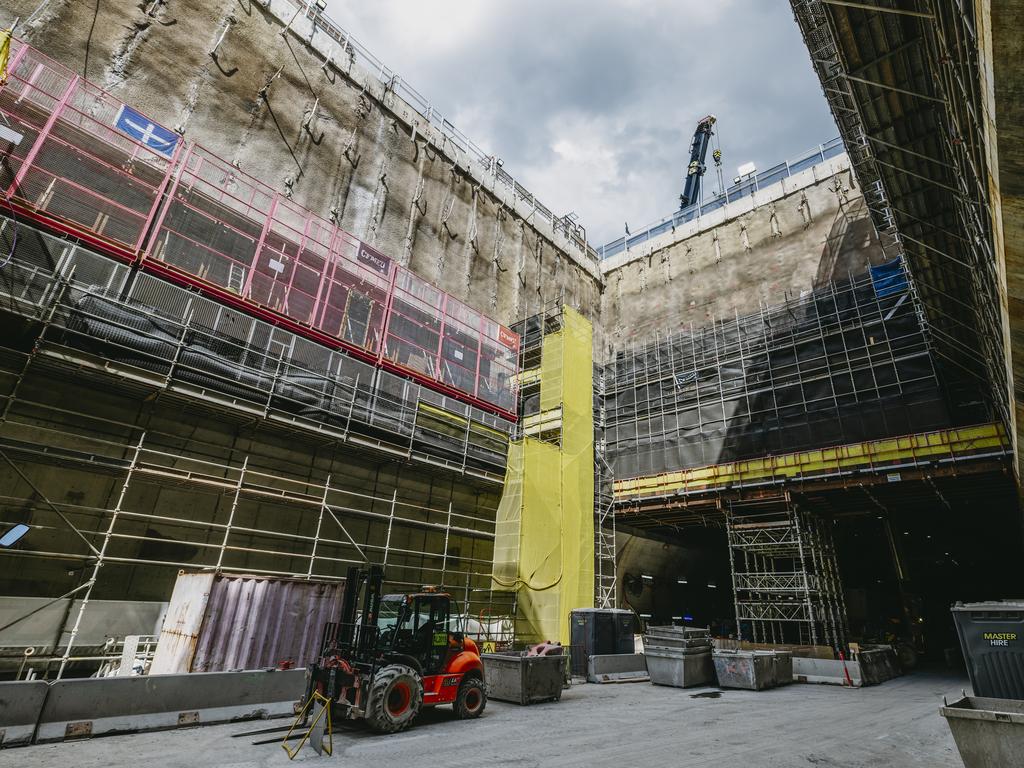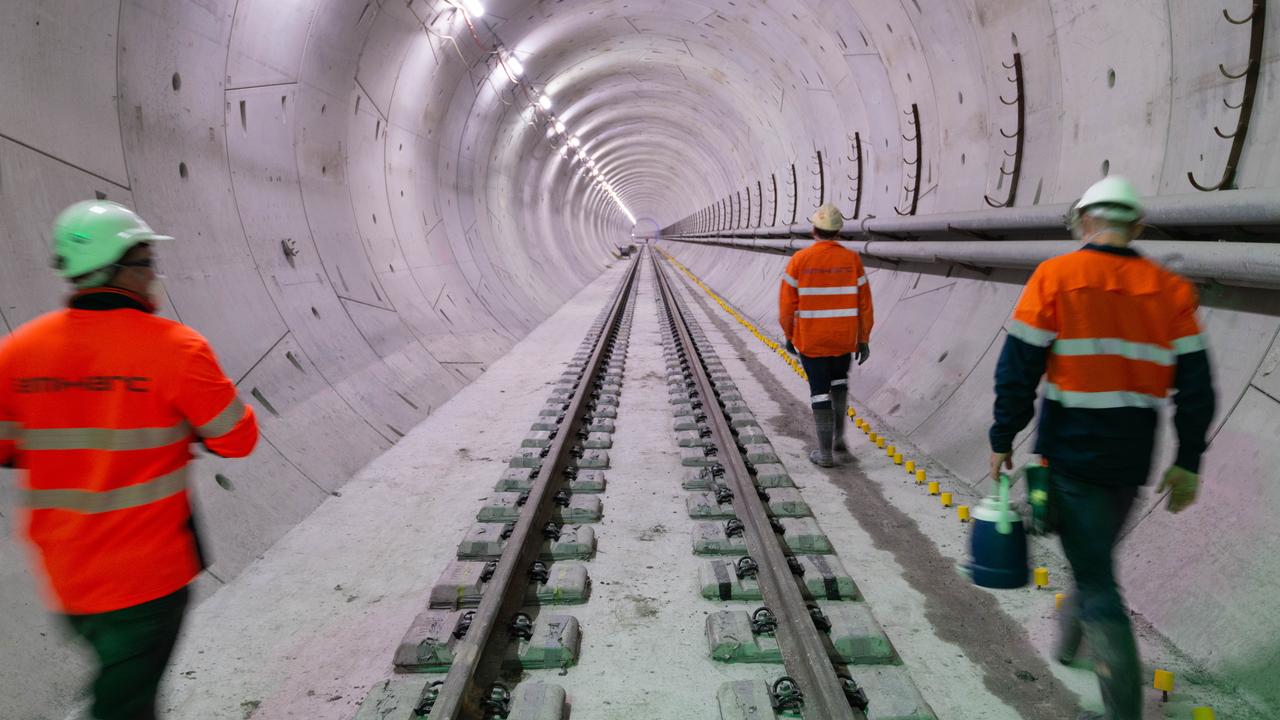Incredible images show progress update for underground stations in Cross River Rail construction
It’s the megaproject spanning multiple Brisbane locations both above and below ground, and the latest imagery shows the incredible progress made. GALLERY
With the first step of tunnelling the Cross River Rail now complete, construction has started on the new and revamped stations across South East Queensland as the project inches closer to completion.
The centrepiece of the project, the four new underground stations, are now being built at Boggo Rd, Woolloongabba, Albert St and Roma St.
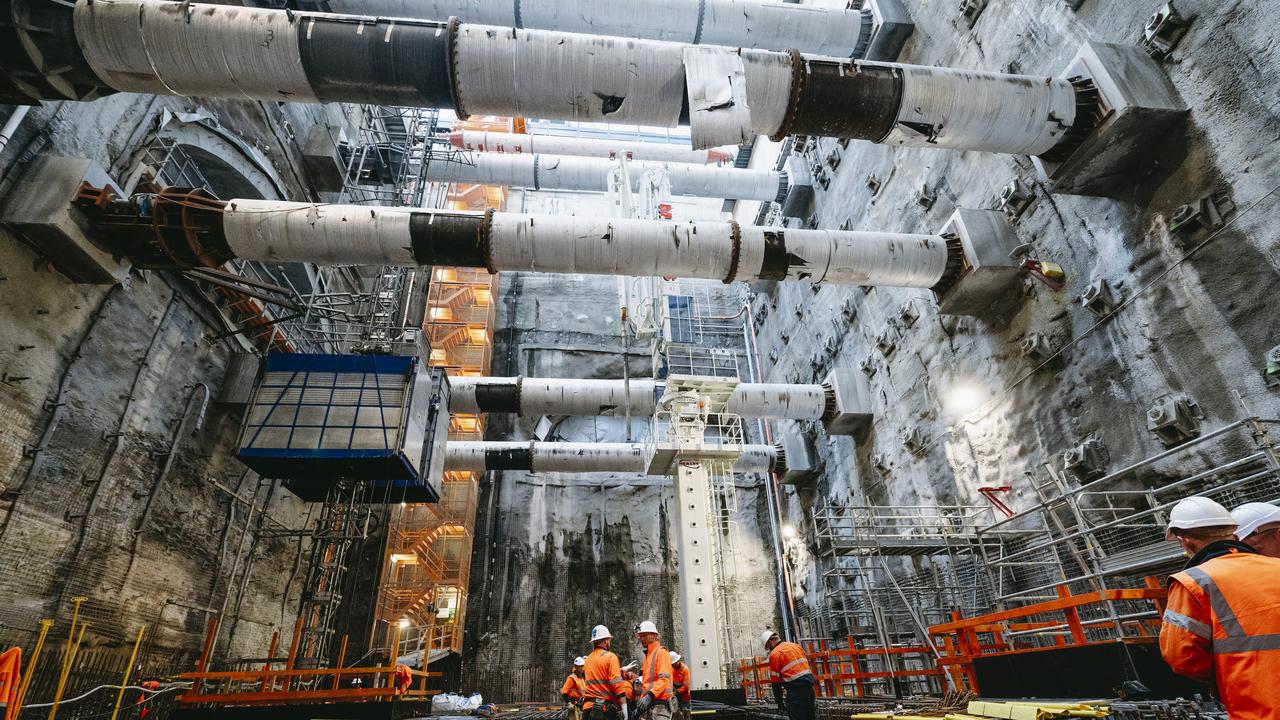
Incredible imagery shows the sheer work of developing the underground stations where workers have now accomplished excavating the deepest hole in Brisbane, at 50m deep.
Above ground, three new stations will be built on the Gold COast as a part of the project, while eight existing stations will be revamped in Brisbane.
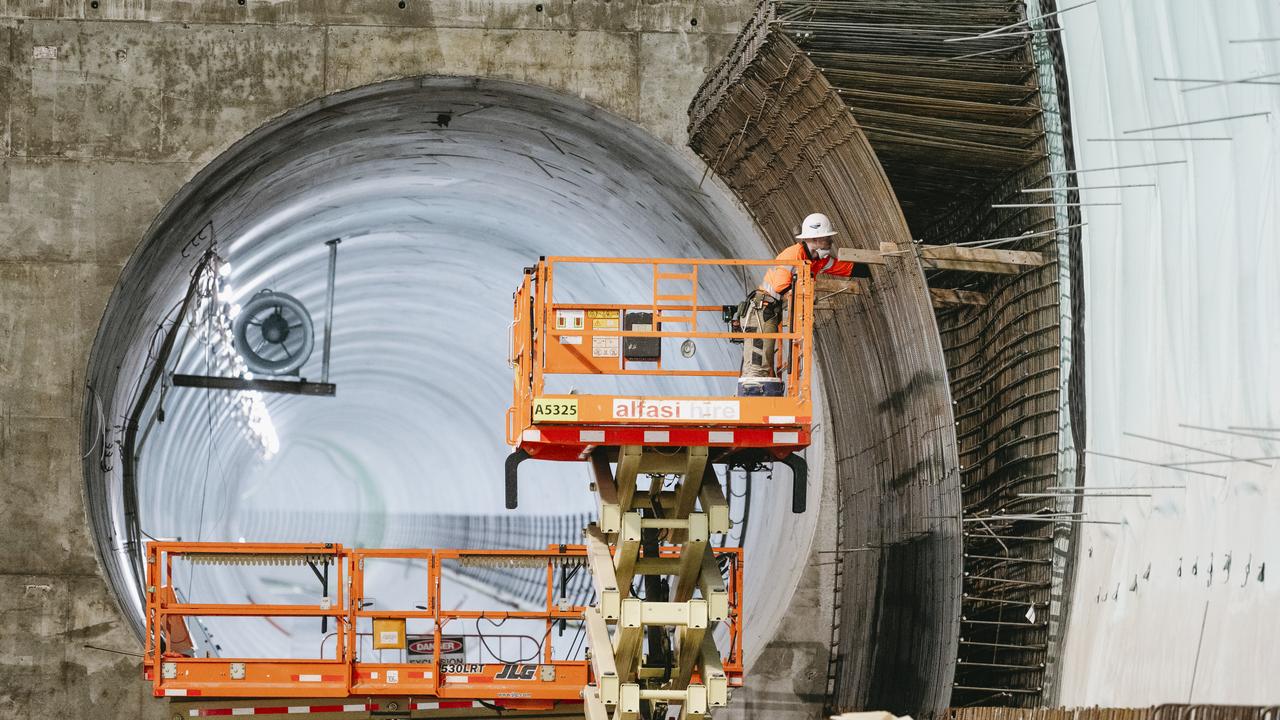
Excavation is now complete on the almost 6km of twin tunnels that stretch under Brisbane River and the CBD to connect Dutton Park to Bowen Hills.
And now, the latest work has started on major sites around the city including:
Boggo Rd: Formwork, reinforcing and pour works for the permanent station structure are ongoing.
Woolloongabba: Works on the northern cavern’s back of house structure continued, while in the station box, nine of 11 back of house slabs have been completed.
Albert Street: Eastern internal wall for the B10 level was completed, while service shaft excavation progressed in the cavern.
Roma Street: Cavern lining works continued, and permanent structure works continued in the station box. At the services building, the B2 southern side was completed.
Exhibition: Victoria Park Feeder Station switch room building and transformer foundation progressed, as did stage 2 drainage works.
Southern Portal: 33 of 46 piles for the Southern Works Bridge have been installed, while permanent stormwater and sewer manhole construction progressed.
Northern Portal: Excavation along the portal is nearing completion, and placement of the precast roof deck on capping beams is 86 per cent complete (207 of 240).
Mayne Yard: LV system commissioning and energisation are progressing, and BR08 piling continued.
Clapham Yard: 927m of drainage works have been installed, while works on the Chale Street bridge blade pier continued.
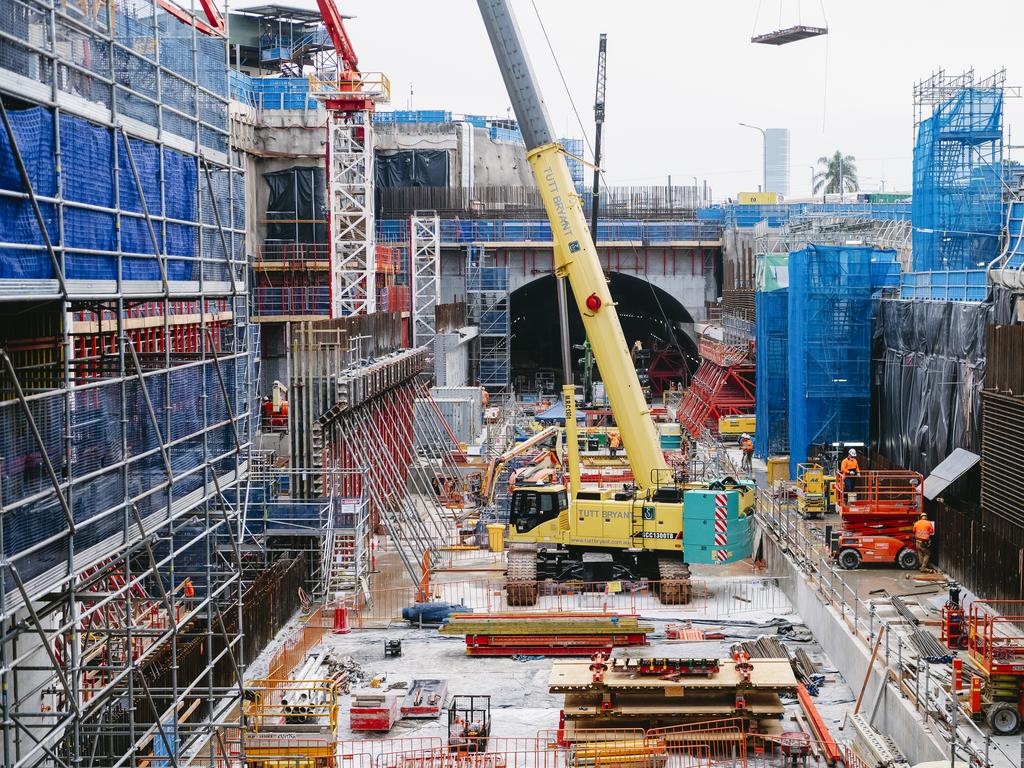
Meanwhile, the work for platforms and stations at Yeronga and Fairfield are progressing while Rocklea is now closed for accessibility upgrades.
Gold Coast stations are also moving along with design progression, environmental studies and approval all underway at Hope Island, Merrimac and Pimpama.
But track disruptions are set to impact travellers in the coming days as most train lines will be impacted by complex construction work between October 1 to October 9.
Trains will operate on special timetables during the three days across multiple work areas over the long weekend and an additional six days on lines in the southern areas.
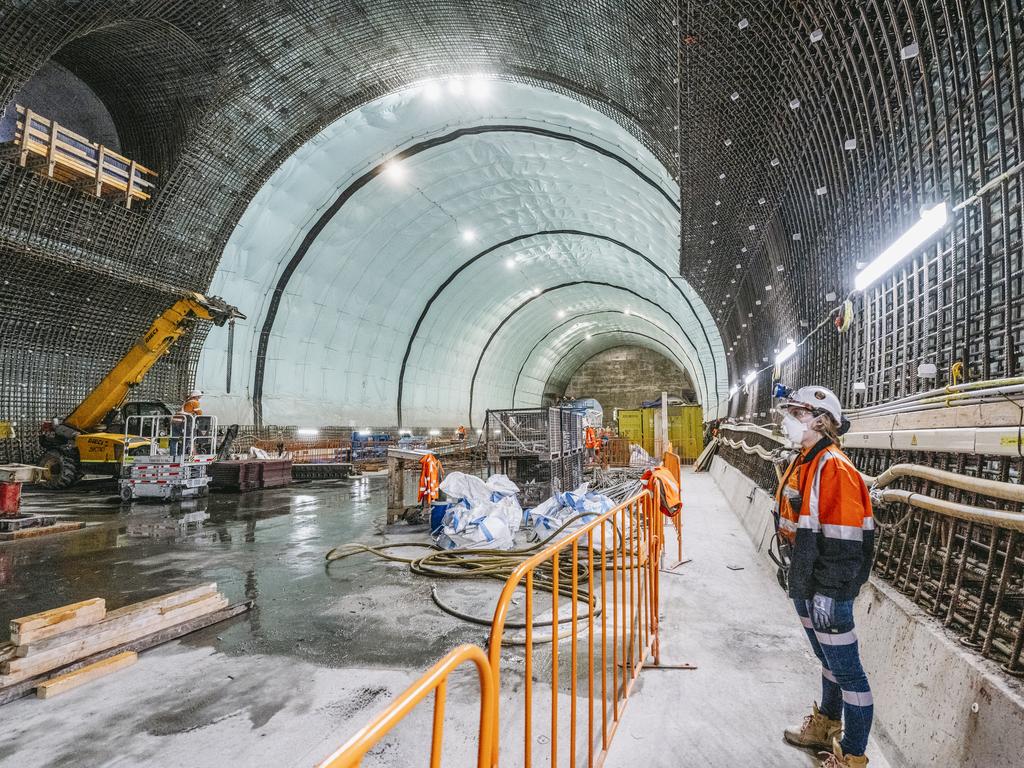
For Cross River Rail Delivery Authority CEO Graeme Newton, the Cross River Rail is set to transform public transport in South East Queensland and is set to save inner city commuters up to 20 minutes in peak hour travel.
Public transport will become a more viable option for our whole region, helping to ease congestion on our roads,” he said.
“Cross River Rail is also a fix at the core of our rail network that makes a number of rail improvements across the whole of the region more viable, including the Beerburrum to Nambour and Kuraby to Beenleigh track upgrades.”

And while work is progressing well with construction set to finish in 2024, the project has not been victim to some setbacks.
“While we are pleased with progress, Covid, severe weather caused by La Niña and global events like the war in Ukraine are all continuing to have an impact on the supply and cost of materials as well as the availability of labour for major infrastructure projects worldwide,” Mr Newton said.
“Cross River Rail is not immune to these pressures and work at all of our sites is being monitored closely.”
More Coverage
